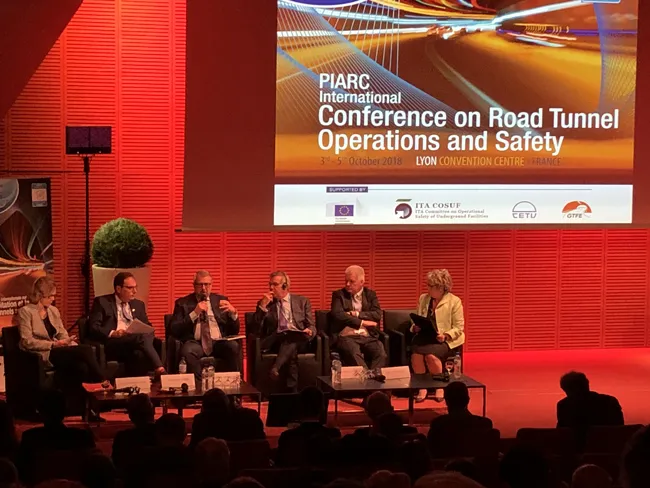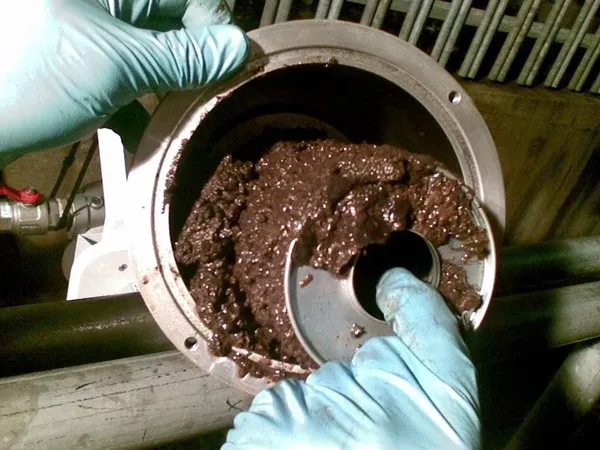Civic leaders in the English city of Oxford are planning to apply for a traffic regulation standard that will enable it to enforce a Low Emission Zone within the city centre.
It will mean buses and coaches must comply with Euro V standards for nitrogen oxide emissions before 1 January, 2014, although Euro IV vehicles will be permitted to operate until 31 December, 2015.
Although a few low-frequency routes will be exempt, most bus and coach operators will have to replace vehicles or equip them with exh
April 24, 2012
Read time: 1 min
Civic leaders in the English city of Oxford are planning to apply for a traffic regulation standard that will enable it to enforce a Low Emission Zone within the city centre.
It will mean buses and coaches must comply with Euro V standards for nitrogen oxide emissions before 1 January, 2014, although Euro IV vehicles will be permitted to operate until 31 December, 2015.
Although a few low-frequency routes will be exempt, most bus and coach operators will have to replace vehicles or equip them with exhaust treatment.
It will mean buses and coaches must comply with Euro V standards for nitrogen oxide emissions before 1 January, 2014, although Euro IV vehicles will be permitted to operate until 31 December, 2015.
Although a few low-frequency routes will be exempt, most bus and coach operators will have to replace vehicles or equip them with exhaust treatment.









